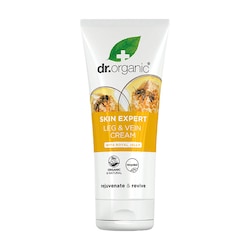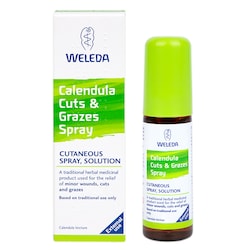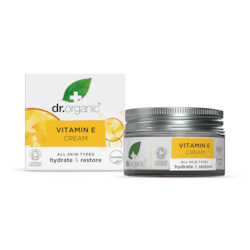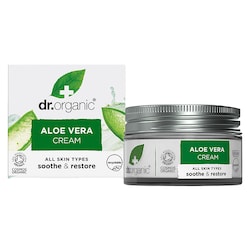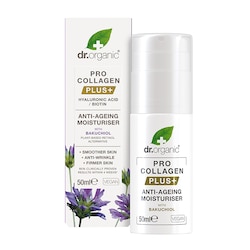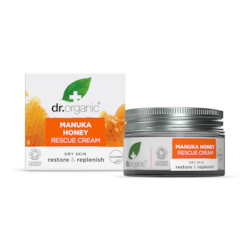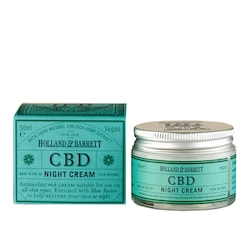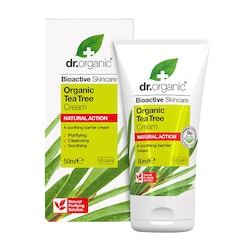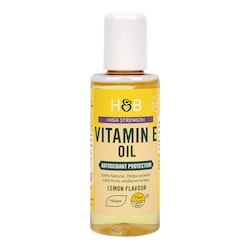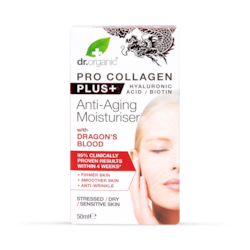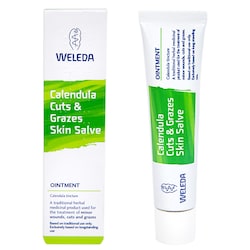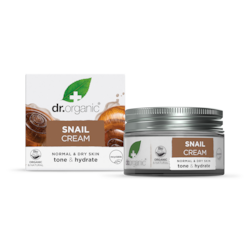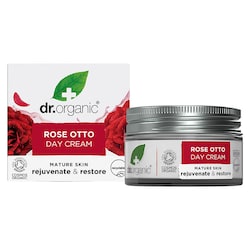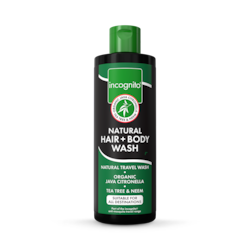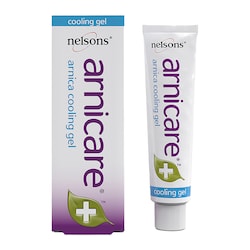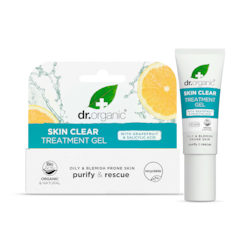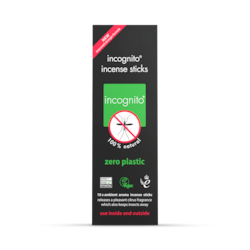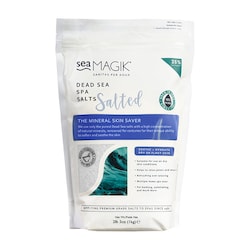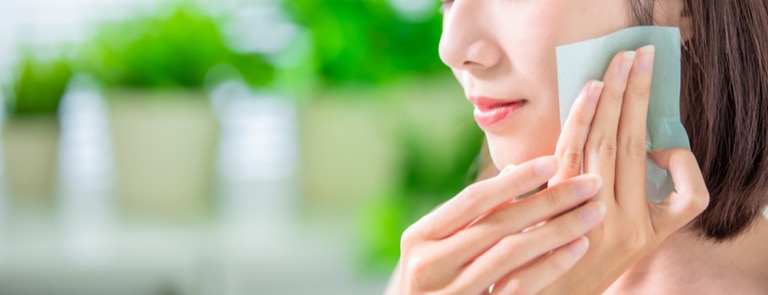15% off £20
What is truncal acne?
.png)
You’ve heard of acne, but what about truncal acne? Is it the same as acne or is it something totally different?
This article helps shed some light on truncal acne and answers some of the most commonly-asked questions that are circulating about it right now. So let’s start with the question that’s most probably brought you to this article…
What is truncal acne?
It is acne. But whereas most people tend to immediately associate Acne Vulgaris as being something that develops on people faces, truncal acne appears on people’s bodies – usually on their chest or on their back.1
While acne is the phrase most of us are familiar with, and truncal acne lesser so, truncal acne is quite a common thing. Studies have found that half of people with face acne, also have some form of acne on their back (61%) and on their chest (45%).
What causes truncal acne?
The same things, series of skin-related events, that cause face acne to develop. Generally speaking, truncal acne tends to form when:2
- There’s too much sebum (oil) within the skin cells, and this leads to pores and hair follicles becoming all blocked up with sebum, bacteria and dirt.
- This can then cause the blocked pores to become inflamed, with bumps, which are commonly referred to as whiteheads or blackheads, depending on how they develop, to form.
- If these bumps become infected with a specific type of bacteria called, P.acnes, they can become red and painful and lead to nodules and cysts AKA spots and pimples.
What many people may not realise is, because our chest, arms and back are covered with sebaceous glands, just like our face, it’s as common for acne to form on the ‘trunk’ of our body as it is our face.
Are there any differences between face acne and truncal acne?
Well, we’ve identified above that the way facial and truncal acne develops is similar however, truncal acne can be triggered by different factors compared to face acne.3
The main contributing factor is the fact that the skin on our chest, back and neck is covered up most of the time, unlike our faces. This constant covering up can result in our bodies sweating, which can blog our pores, as well as create a warm and ideal environment for bacteria, such as P.acnes, to develop and thrive.
Why do people get acne?
Because there’s too much oil production happening, which leads to blocked pores, which turns in bumps, which can then develop into spots and pimples….
Excessive oil production can be triggered by:4
- Hormones – certain hormones can cause the grease-producing glands next to our hair follicles to ramp up oil production. These hormones can also thicken the inner lining of hair follicles, which can lead to blocked pores
- Genes – acne does run in the family, so if your parents had it, then it’s likely you will develop it at some point too
- Female hormonal changes – linked to the menstrual cycle and pregnancy can also contribute to acne
Is it possible to prevent truncal acne?
Just as most of us have a skincare routine, it’s also worth having a body care routine too, which can help our bodies from becoming sweaty and dirty, which can lead to the pores on our body getting clogged.
Acne that forms on the body can be uncomfortable and irritating, especially if spots have developed that rub and get aggravated by your clothes.
To help prevent acne that forms on your front and your back, make sure you:5
- Wash away sweat - especially after a workout or some other form of physical activity. Once you’ve finished your exercise, aim to get showered pretty much immediately afterwards to prevent sweat from lingering on your body for longer than necessary.
- Be mindful of the products you’re using on your body – if your skin is susceptible to developing truncal acne, then try to use fragrance-free, acne-friendly creams, sprays, body washes, shower gels, etc.
- If you sweat quite a bit – either because of the work you do, it’s exceptionally hot outside or you just happen to perspire more than most, change your clothes frequently. If you can carry a change of clothes around with you, even better.
- Don’t constantly touch your skin – the bacteria and oils on your hands can transfer to your body. What’s more, if you already have some spots, touching them may cause them to become more irritated, or even spread. Also, don’t pick at them, as they can possibly lead to acne scars or infection.
- Keep your hair off your skin – this is particularly important if you have long hair that drapes down your back, which can potentially trigger or contribute to back acne. If you can, tie your hair back or up, so that it’s not in constant contact with your chest or back.
- Don’t get carried away with washing – we know we mentioned the importance about washing away your sweat at the start of this pointers list, but you need to strike the right balance. Washing your skin too often can dry it out, which can also lead to your natural oil production levels going into overdrive, and (you know the rest!).
- Use specific acne products – that have been specially formulated to clear your skin of excess oil without being too harsh, and help to carefully restore your natural sebum levels. Key ingredients include: salicylic acid and glycolic acid, as well as certain ingredients, such as tea tree oil and witch hazel.
- Exfoliating your skin – as this can help get rid of any dead skin cells, but don’t do it more than twice a week, as this can really aggravate your skin.
Truncal acne is actually more common than you may initially realise, it’s just that you don’t often hear of it being referred to as truncal acne. As is the case with acne, truncal acne can affect us all, but there are certain habits you can develop and products you can use to manage and potentially heal it.
Last updated: 11 May 2021



